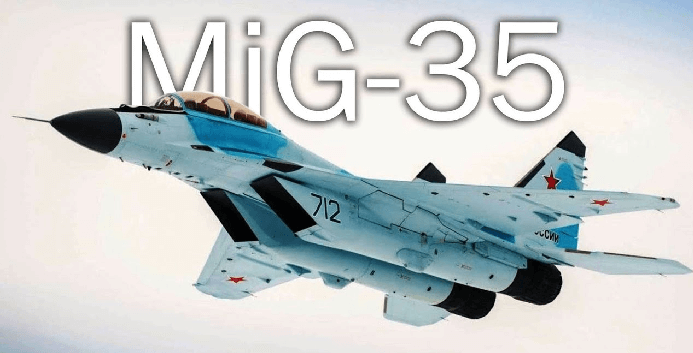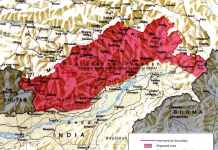The ever-changing landscape of the Americas, in which the United States stands as the supreme leader in defensive capabilities owing to their possession of the most advanced fighter jets, warships, and other weapons, other nations especially in the South American belt have felt the need to bolster their own strength.
After France, India Looks To Boost Defense & Economic Relations With Another EU Powerhouse – Italy
With Brazil’s President Jair Bolsonaro acquiring the cutting edge Saab’s Gripen E fighter jets from Sweden, his neighbors to the north, Venezuela are pondering on how to counter the 4+ generation jets.
The Bolivarian Military Aviation, which is the professional armed body designed to defend Venezuela’s sovereignty and airspace currently has the Russian Su-30MK2 heavyweight fighters along with just a single squadron of F-16A Fighting Falcons.
Site-Seeing By Air: Thai Airways Follows Australian Qantas To Launch A ‘Flight To Nowhere’
While the 4+ generation Su-30 fighters are designed for high-end engagements owing to their extremely powerful sensors and state of the art active radar-guided air to air missiles, there is still a need for the air fleet to have a revamp considering Brazil’s acquisition of the Gripen fighters.
However, with Venezuela President Adriana Guerra Angulo forced to look at reasonable options due to his country’s budget limitations, an option that stands quite clear is to enhance military partnership with Russia through the purchase of Mikoyan MiG 35s.

The 4++ generation MiG-35 fighter, which is an enhanced development of the MiG-29 that was built with an intent to deploy it closer to the frontlines that would significantly bolster Venezuela’s attacking capabilities.
The fighter is suited to carry out air combats, aerial reconnaissance, striking surface targets, and providing support to troops and forces at land.
Possessing the ability to engage air targets in any weather, day or night, the MiG-35 serves as the role of a multifunctional frontline fighter that employs the first active electronically canner array radar (AESA), which is considered more sophisticated and lighter than Irbis-E.
Chinese Amphibious Vehicle Sinks While Attempting To Invade Taiwan During Military Drills: WATCH
Another area where the fighter will make Venezuela dominant is the speed, with the MiG-35 able to achieve a maximum speed of Mach 2.5.
Moreover, the fighter deploys the Mach 6 platform, which has powerful sensors that are capable of engaging aircraft at higher ranges, with the fighter also designed to be compatible with the new R-37M hypersonic air-to-air missile that gives it a significant advantage over other fighters.
The fighter will also provide Venezuela with a heavy weapons load, with the fighter jet capable of deploying Kh-35, Kh-31 missiles, and the new Kh-38 missile.
Most importantly, the fighter would fit well within Venezuela’s cost ceiling, with the operational cost of MiG-35 is 20% lesser than that of its predecessor MiG-29 making it one of the high-end fighters available at an economical price.
Another option Venezuela could look up to is China’s J-10 fighters, which has been Beijing’s answer to the MiG-29 and the F-16.
The Chengdu J-10, which has a NATO reporting name of the Firebird, is a single-engine, lightweight multirole fighter jet which is configured with a delta wing and canard design, operational in all weathers conditions.
The fighters boast of three weapon pylons on each wing and three on the belly, making it on par with the F-16. The pylons are utilized according to the standard conditions set by NATO and therefore they are physically compatible with a wide range of Air-to-Air and Air-to-Ground munitions.
Moreover, the latest variant of the J-10 is the J-10C, which has significant upgrades in the avionics and new jet engine intake. It can also fire the new Chinese air-to-air missiles, which include some advanced long-range active-radar homing designs.
Charlie Gao, a defense writer for the National Interest, says – “As China puts more advanced indigenous radars and integrates new AESA radars on it, it could remain a credible threat, just as the F-16V remains relevant on the modern battlefield.”
Moreover, the relations between China and Venezuela, under which Beijing currently stands as a long-standing buyer of Caracas’ oil, will allow President Xi Jinping to supply the fighters without much fuss.




